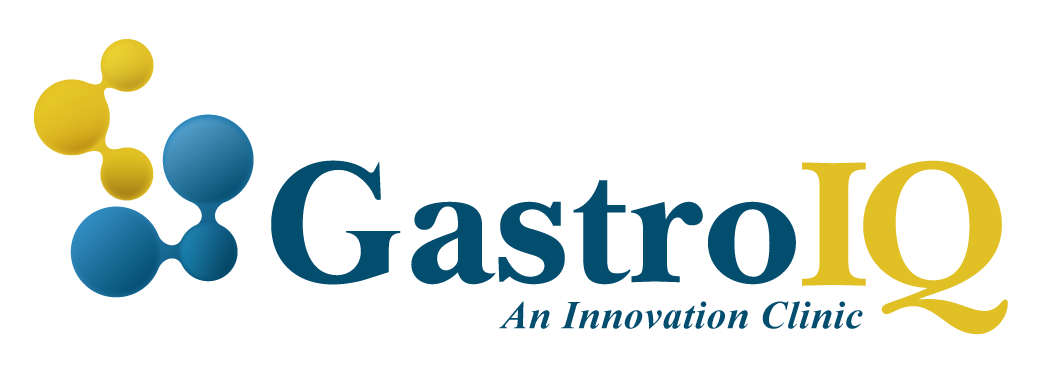Oesophageal manometry / pH testing
Oesophageal manometry and pH testing are assessments designed to examine the ‘function’ of the oesophagus.
The normal functioning of the oesophagus is relatively complicated. There are bands of muscle, ‘sphincters’, at the top and bottom of the oesophagus, as well as nerves and muscles running the entire length of the oesophagus. These nerves and muscles all need to work together in a coordinated way ‘peristalsis’ for swallowing to be effective. Neurological or muscular conditions that impair this normal functioning can often result in swallowing problems or secondary oesophageal reflux.
Oesophageal Manometry: Difficulty swallowing (‘dysphagia’) is very common. Once a structural problem has been excluded, usually with a gastroscopy, manometry of the oesophagus is the next most important investigation. It tests the strength and coordination of peristalsis of the oesophagus as well as the function of both the upper and lower oesophageal sphincters.
The procedure is performed in clinic with and requires no specific preparation. Important steps include:
– A local anaesthetic (lidocaine) is sprayed in the nose and at the back of the throat to numb the area and make the procedure as comfortable as possible.
-A small catheter is then passed through the nose and back of the mouth into the oesophagus. While this can be uncomfortable, it last for only several seconds. There is minimal discomfort once the catheter is inside the oesophagus.
-Measurements of the oesophagus are then taken at rest and while swallowing. A total of ten swallowing measurements are taken after which the catheter is removed.
– The total procedure last for between 5- 10 minutes.
-The data is then collected and is applied to standardized criteria to make the appropriate diagnosis.
24hr pH testing: This test involves measuring the amount of acid entering the oesophagus during a 24hr period. Because symptoms such as heartburn do not always correlate well with the physiological changes occurring in the oesophagus, it can be useful in several scenarios including:
– Classic heartburn symptoms but poorly respond to treatment
– Atypical symptoms such as chest pain that may or may not be related to acid reflux
– Patients wishing to safely wean off anti-acid medications
The test does require a second catheter to be inserted through the nose and remain in place for 24 hours. An alternative to the catheter that many people chose is the Bravo capsule. This is a small capsule that is placed in the oesophagus with a gastroscope and measures oesophageal pH for a period of 96 hours. The Bravo system is much more comfortable than the catheter and provides more comprehensive data.



